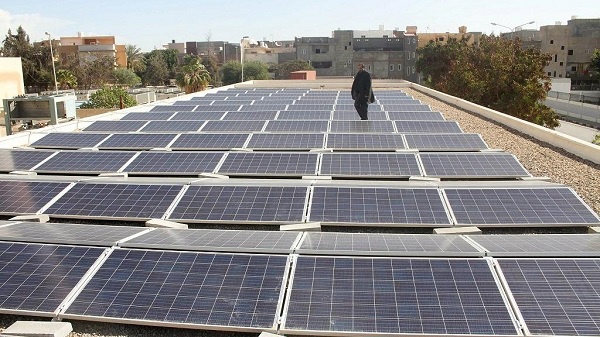
Ghana’s energy stock will receive 50 megawatts (MW) of solar power by 2015 as Scatec Solar, a Norwegian energy company, plans to build Africa’s second-largest solar power plant through its local partner Scatec Solar Ghana.
The project will cost about €70million and will be sited in the northern part of the country. “We are in discussion with ECG, the main off-taker, and we hope to progress with those discussions. So far everything is going well. We have had engagement with the Energy Commission and the Public Utilities Regulatory Commission (PURC), and we think that with all the efforts from these various institutions Scatec Solar will come onstream as planned,” Fred Nuerte Nuer, Director of Scatec Solar Ghana, said.
When completed, the project will become the first large utilities-scale solar power plant in West Africa and the second-largest in Africa, after the company unveiled a 75MW solar plant in South Africa early this week.
Mr. Nuer was speaking on the sidelines of a meeting between Scatec Solar and stakeholders in the energy sector on lessons that can be drawn from Scatec’s operations in South Africa, where it has constructed the continent’s largest solar PV plant.
According to him, the company has targetted 2014 to begin construction of the solar PV plant, and expects the first power to be generated by 2015. Norwegian Ambassador to Ghana Hege Hertzberg, speaking at the event, said it is about time the country explores the full potential of renewable energy sources like solar.
“Solar is the solution to so many challenges. There’s plenty of sunshine in Ghana. The raw material is here, and it will last longer than oil and gas. The monthly average solar irradiation is between 4.4 and 5.6kWh/m2/day, with sunshine duration between 1,800 and 3,000 hours per annum,” she said.
The challenge of solar energy, she said, has always been the initial cost. “But prices -- the panels, the batteries as well as other storage facilities -- are going down. The running costs thereafter are relatively small. In order to really get the investment costs down, the technology must become more mainstream and the competition higher,” she added.
A World Bank report on Ghana’s energy sector released in June said government’s projection of making renewable energy contribute 10 percent of total energy supply by 2020 is doubtful.
However, Scatec Solar’s Chief Operating Officer Terje Pilskog said: “With the right framework in place, Ghana can even go beyond the 10 percent target in the energy mix.
“The most important thing is to put a framework in place that will make it possible to attract private investment. As the investors come in, this is going to help create a dynamic that will help bring down the cost. Ten percent is definitely a good target, but solar energy could provide more than that in 10 years time,” he added.
Ghana currently has only two megawatts of solar power installed at Navrongo in the Upper East Region.
The country’s Renewable Energy Act, which was passed in 2011, is a response to the global movement away from traditional sources of power like coal and thermal plants to the use of the sun, wind and biofuels for power generation.